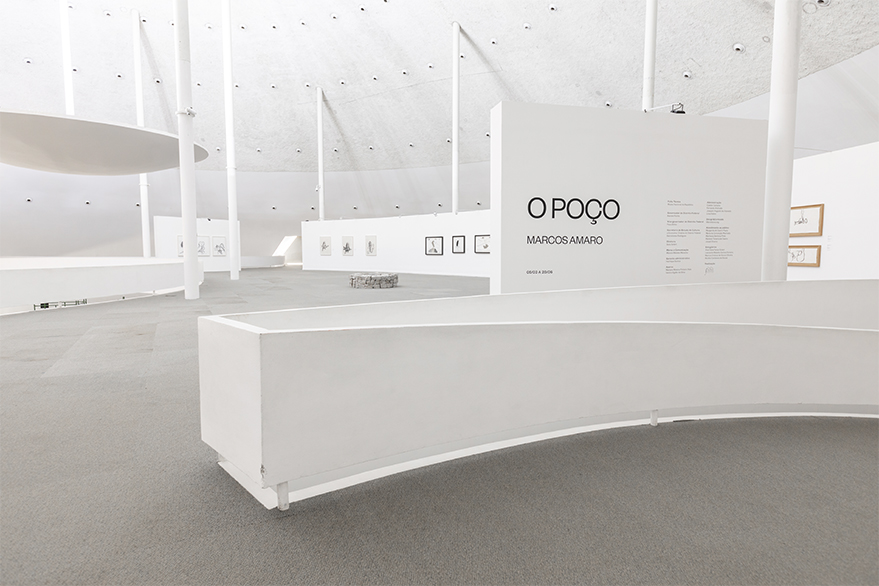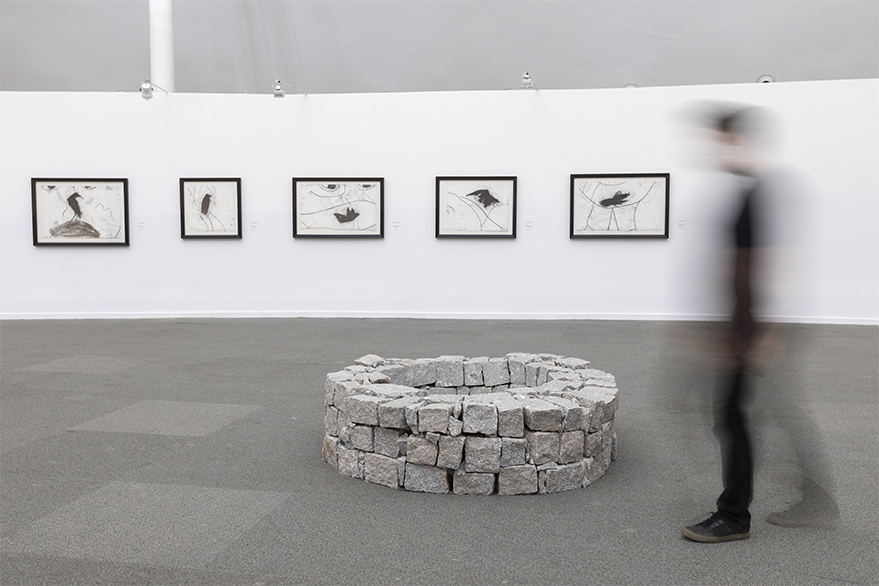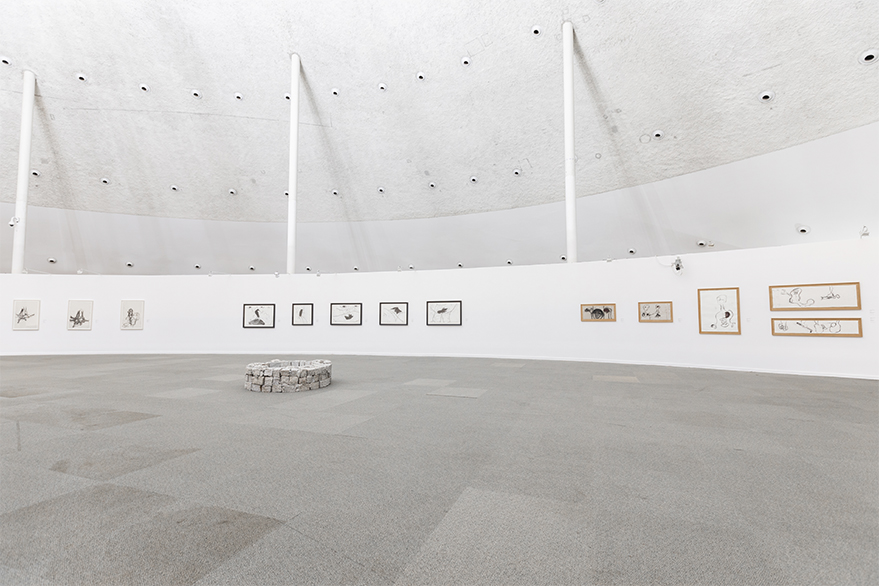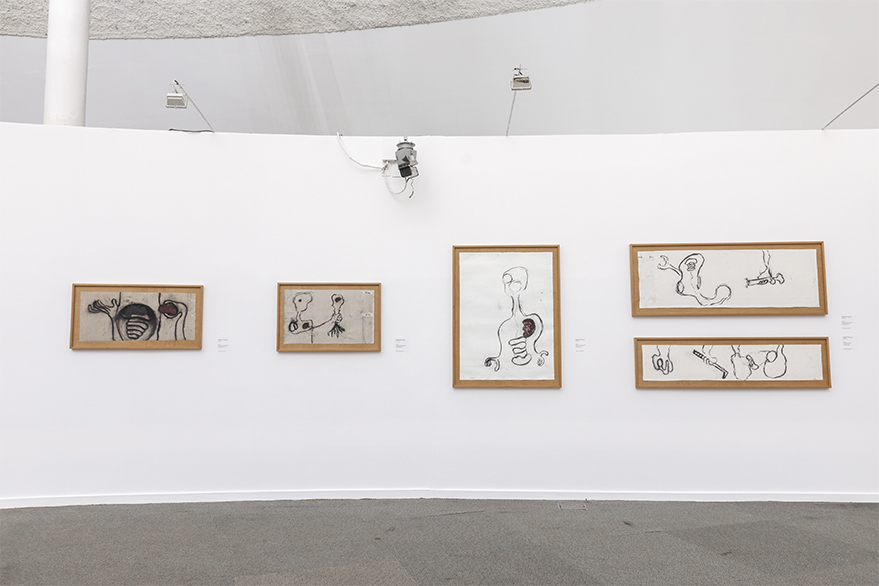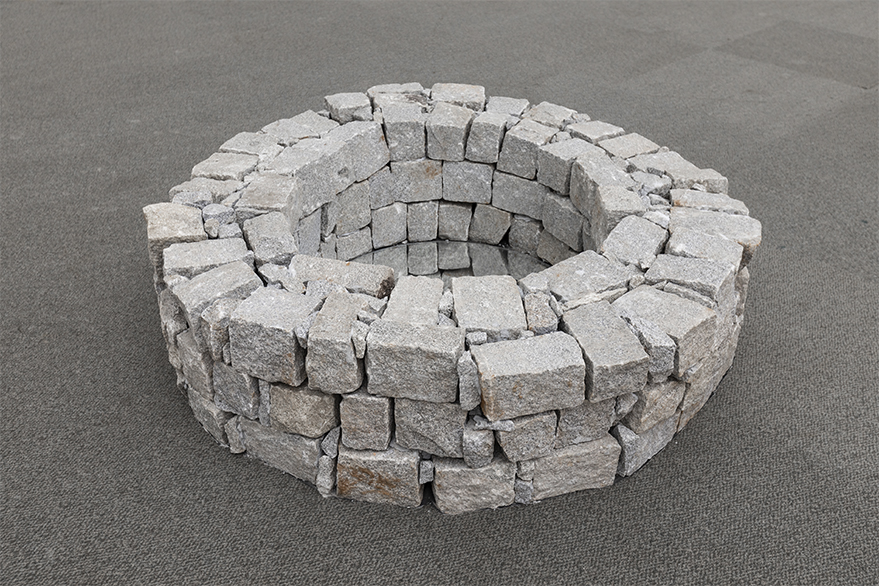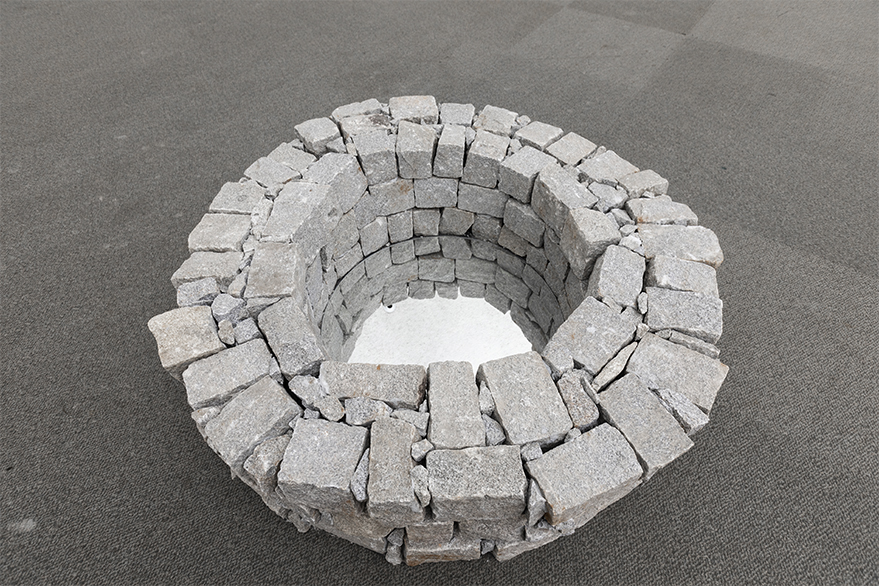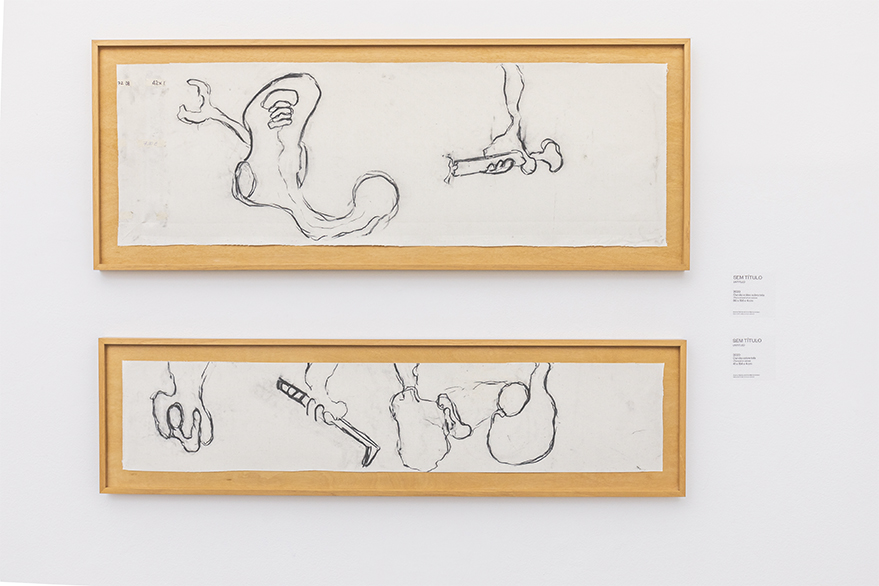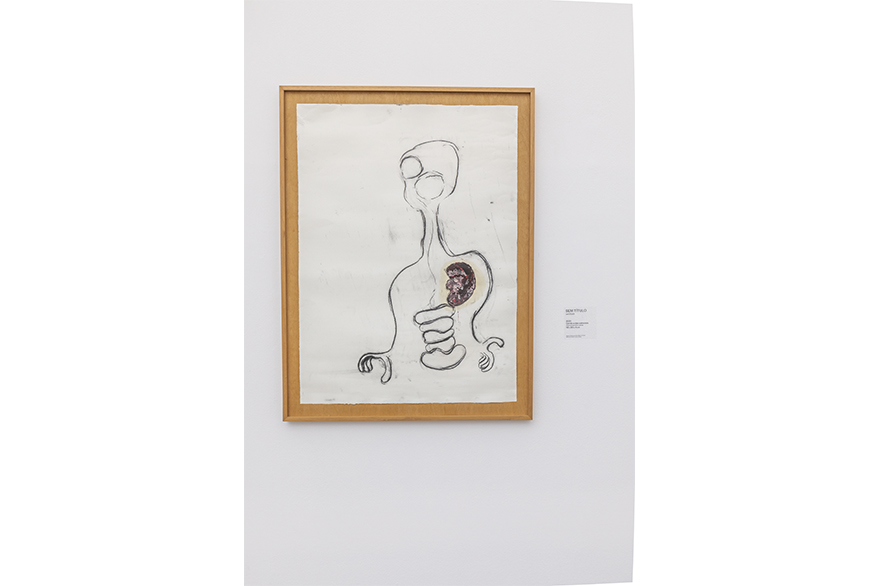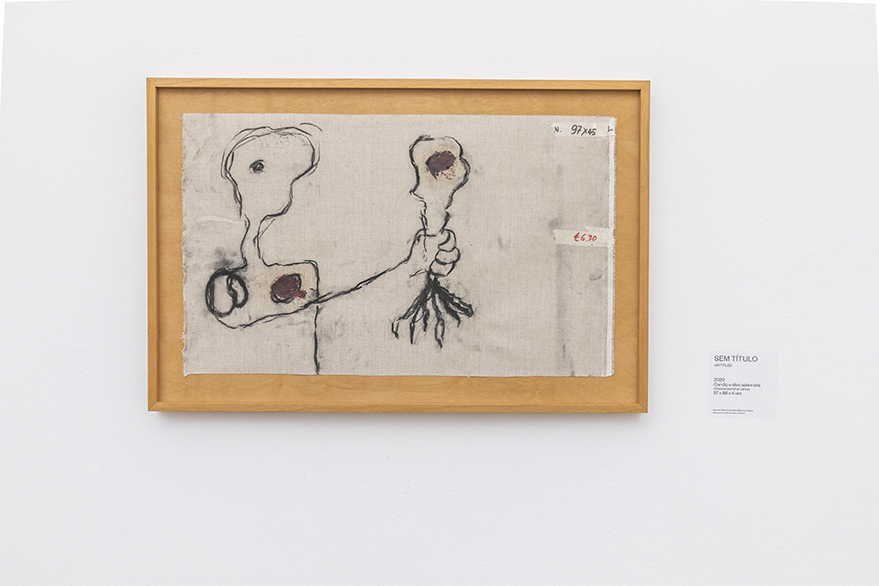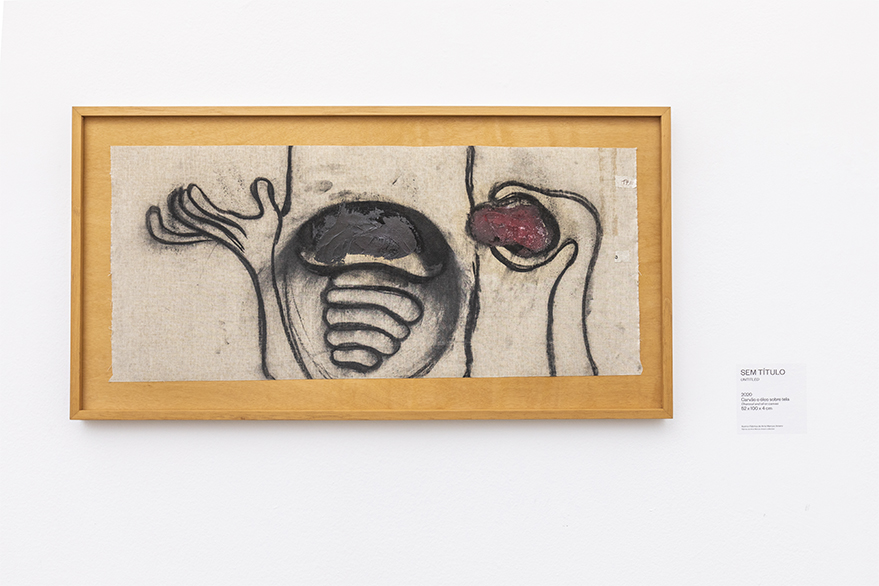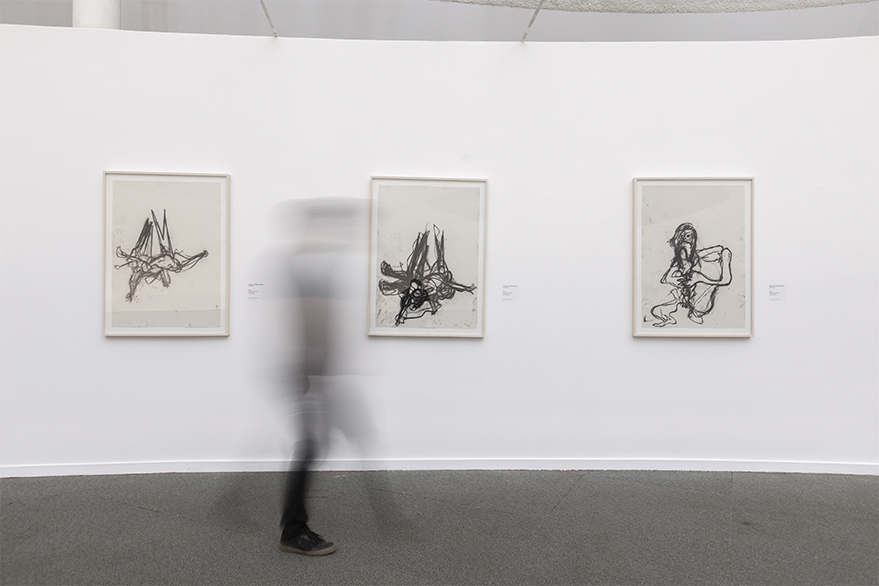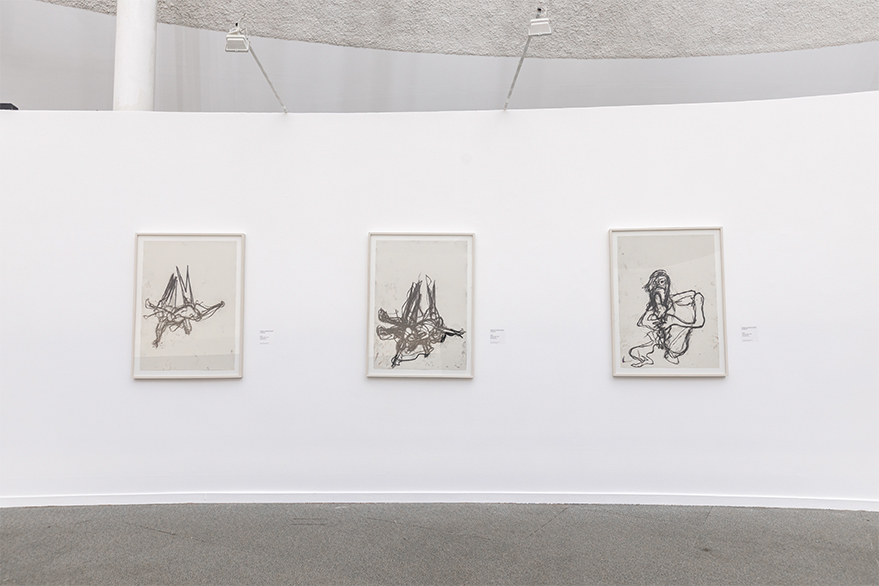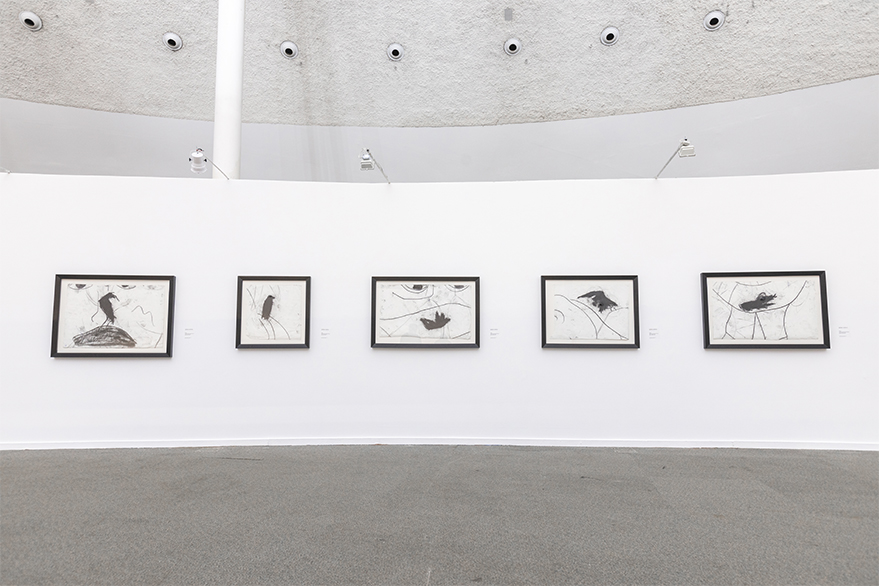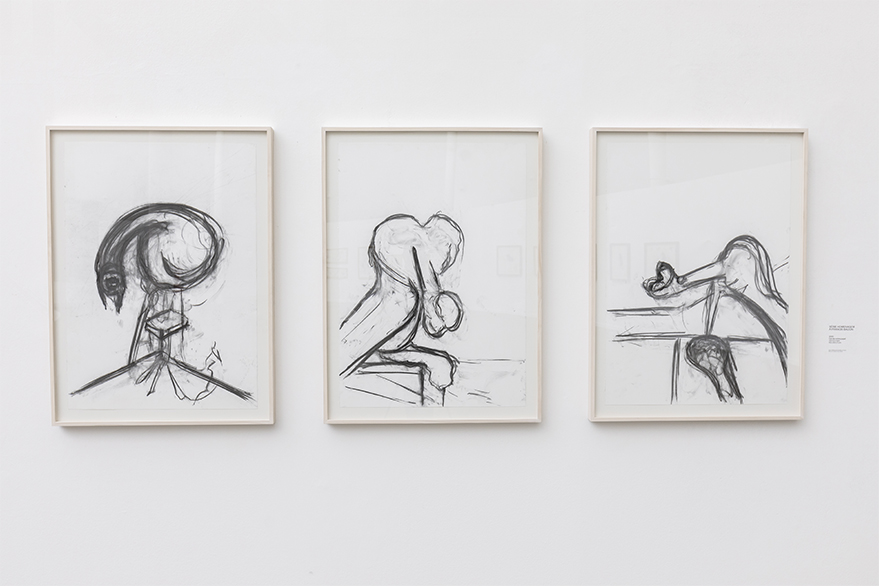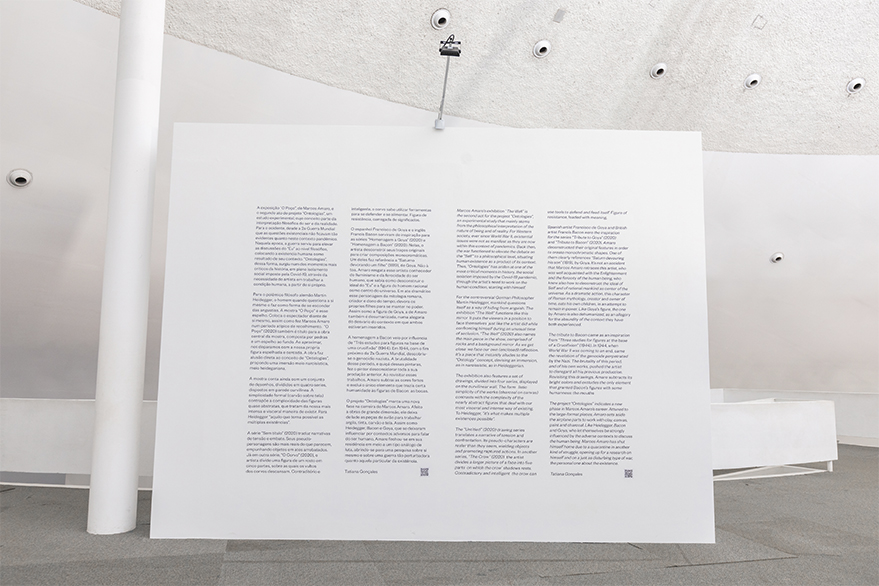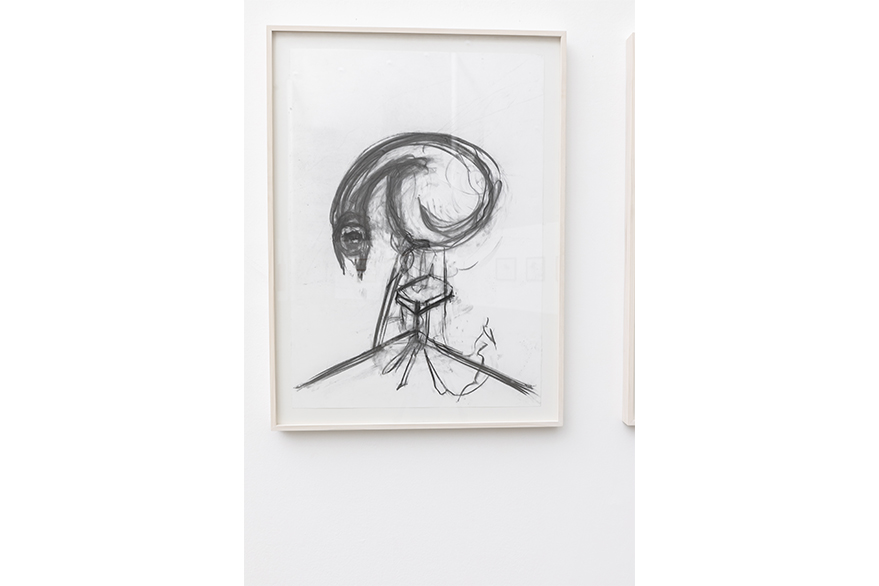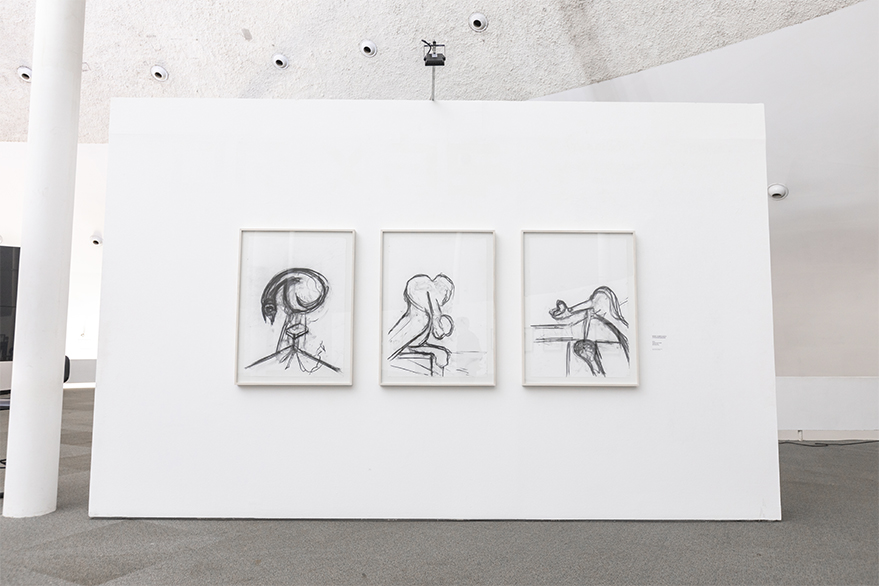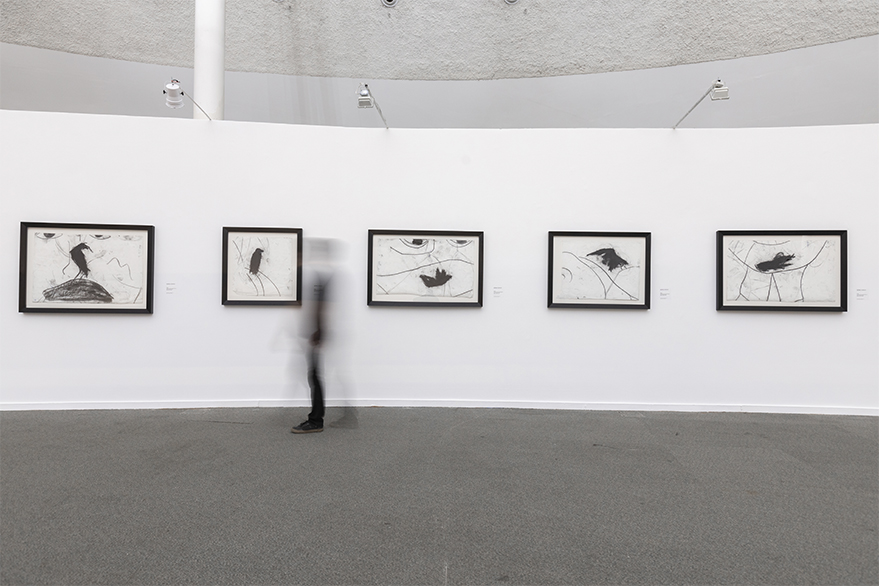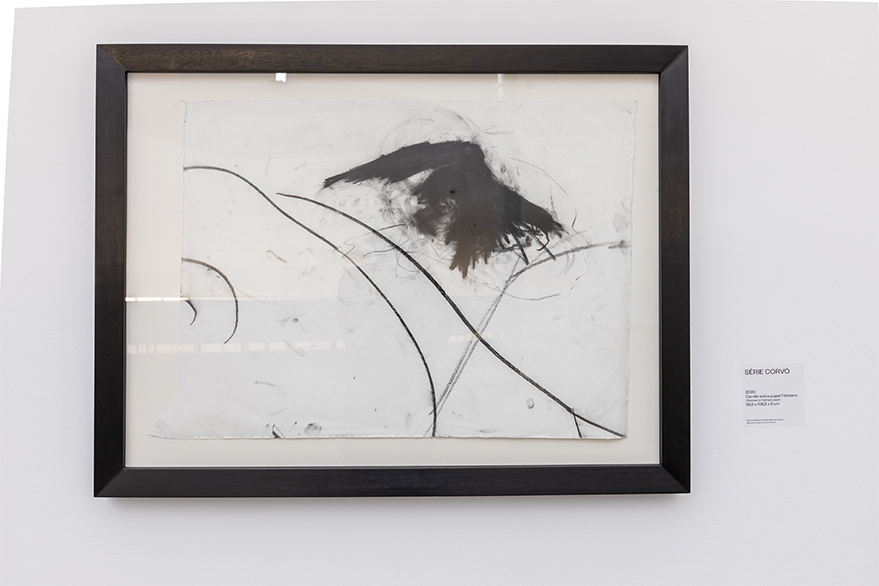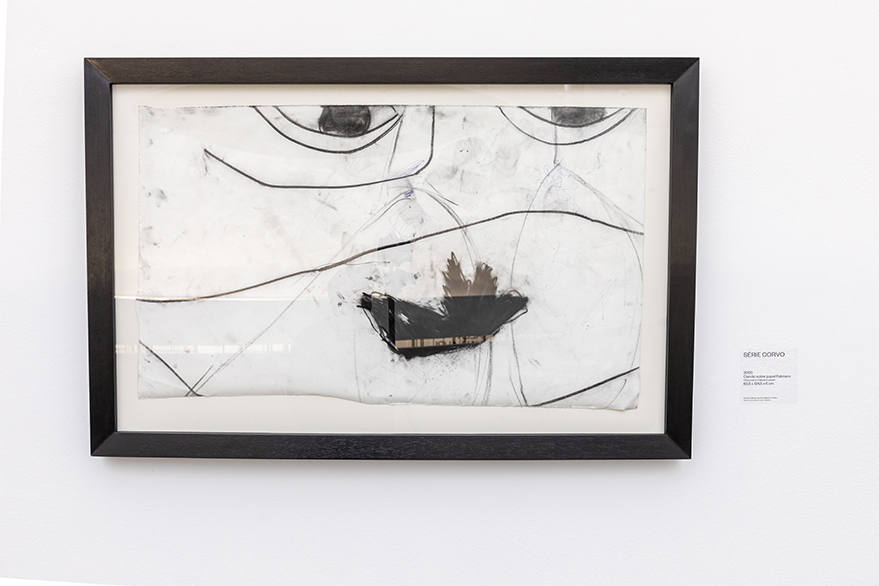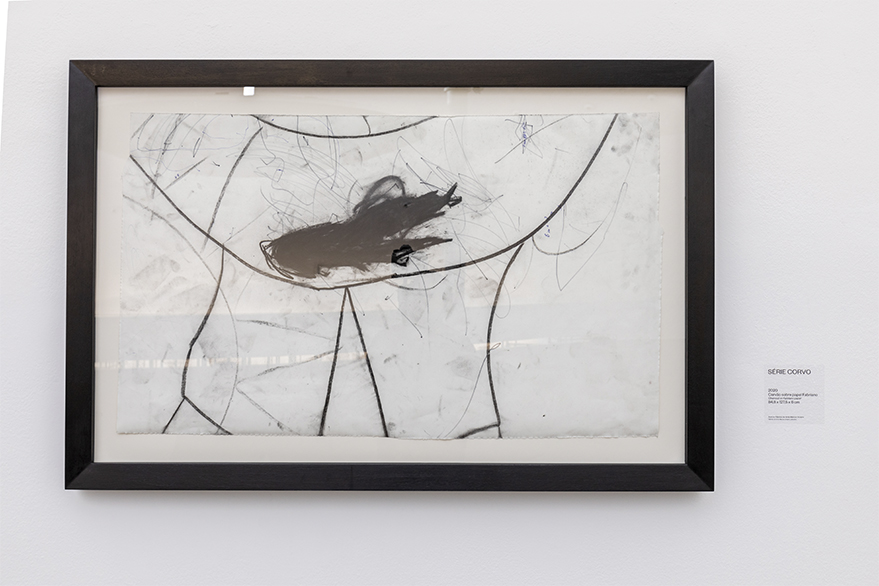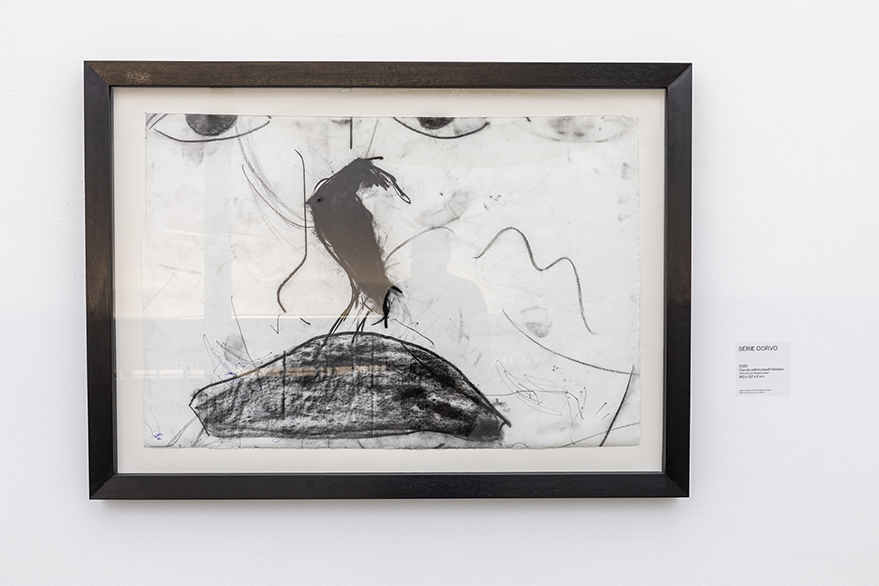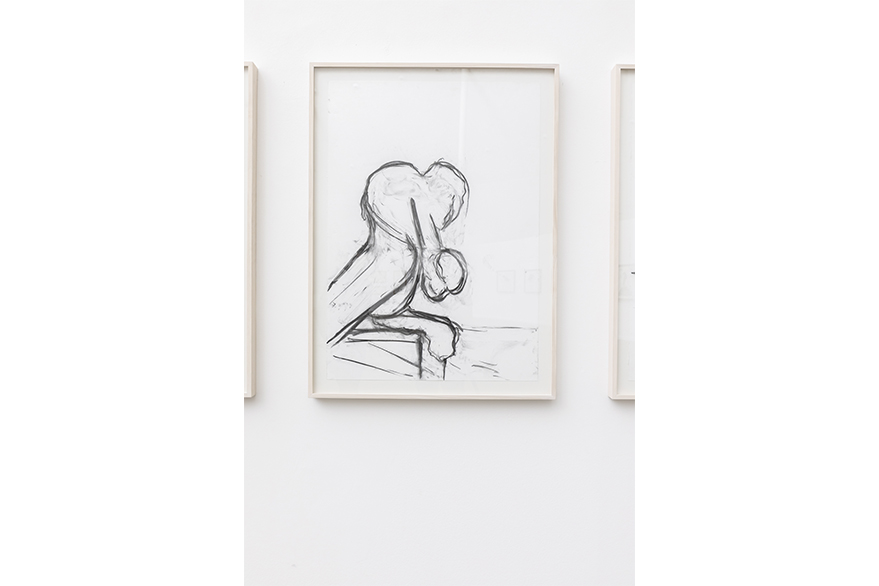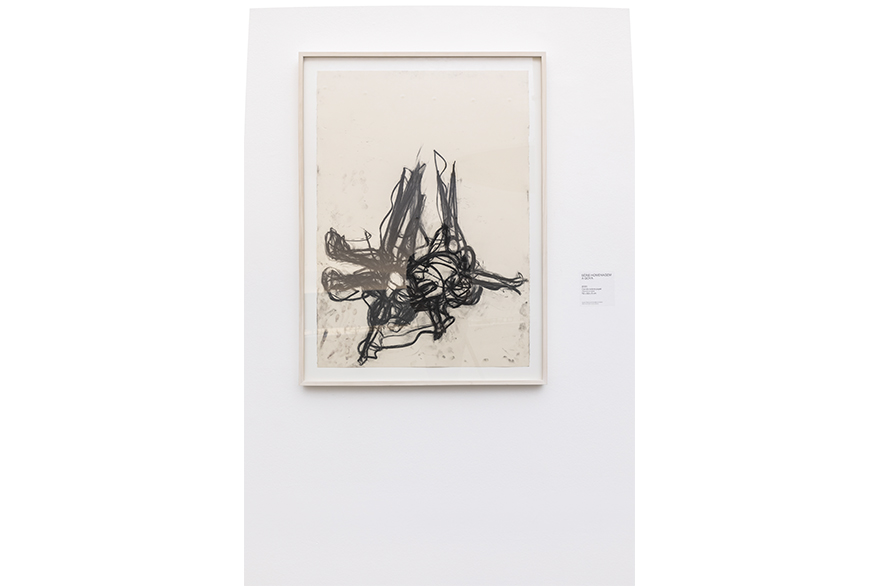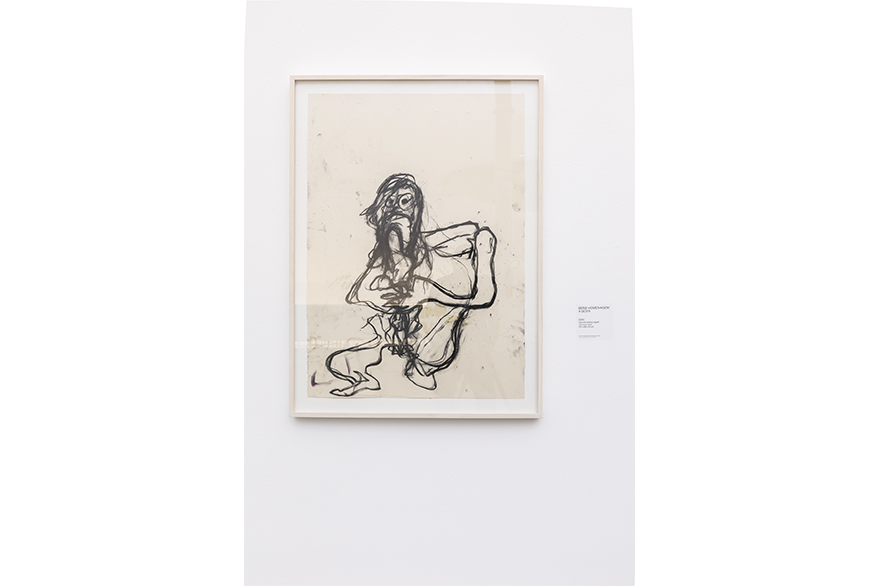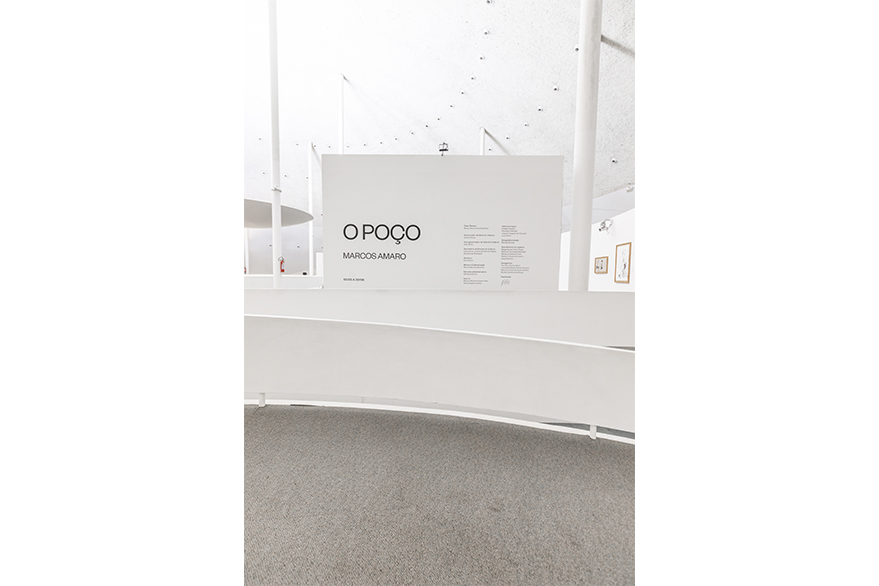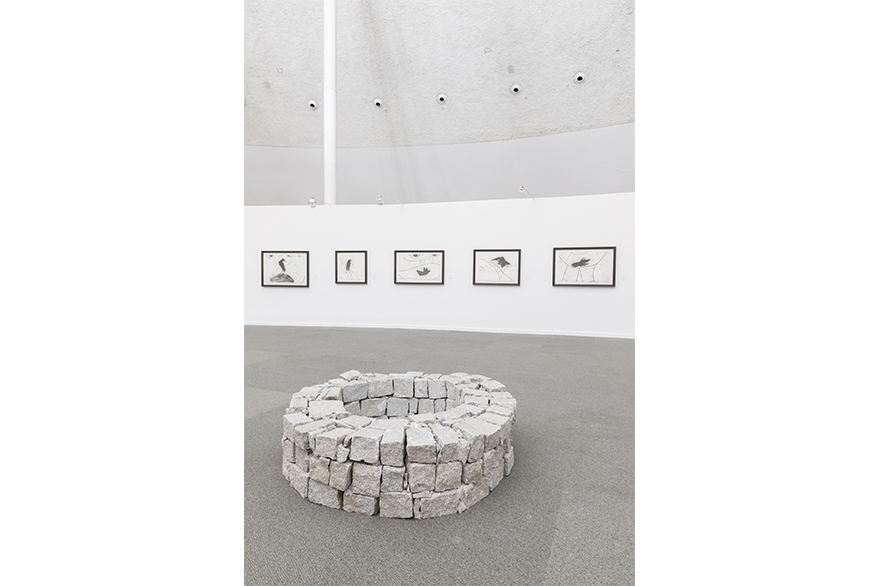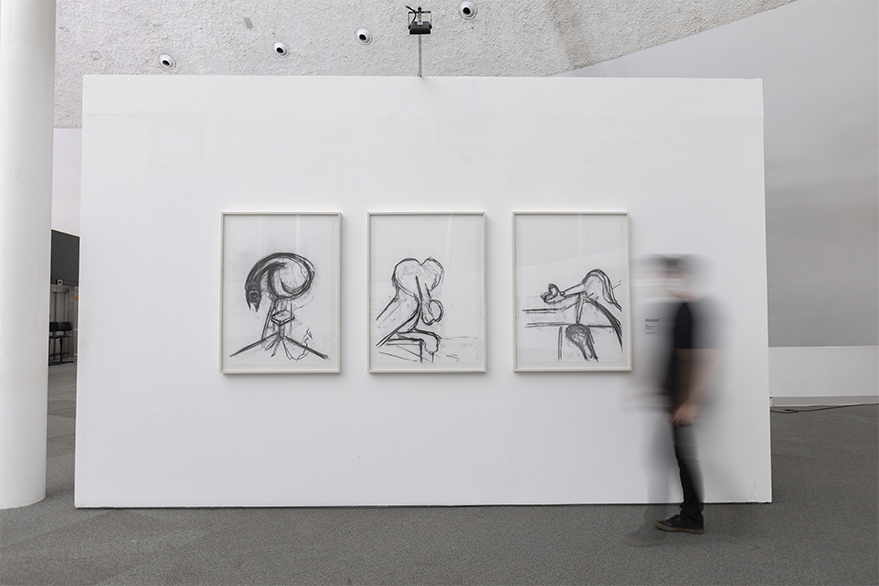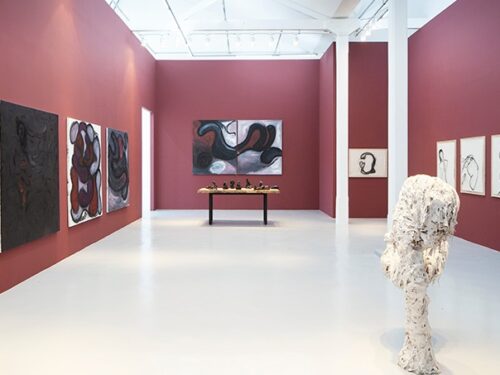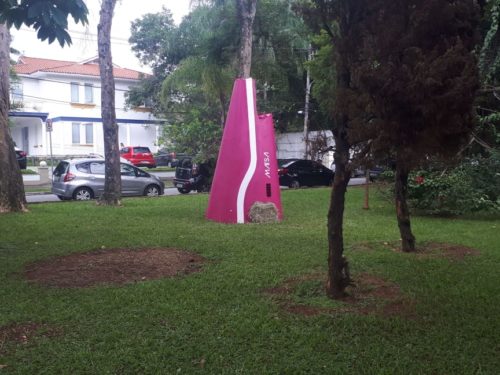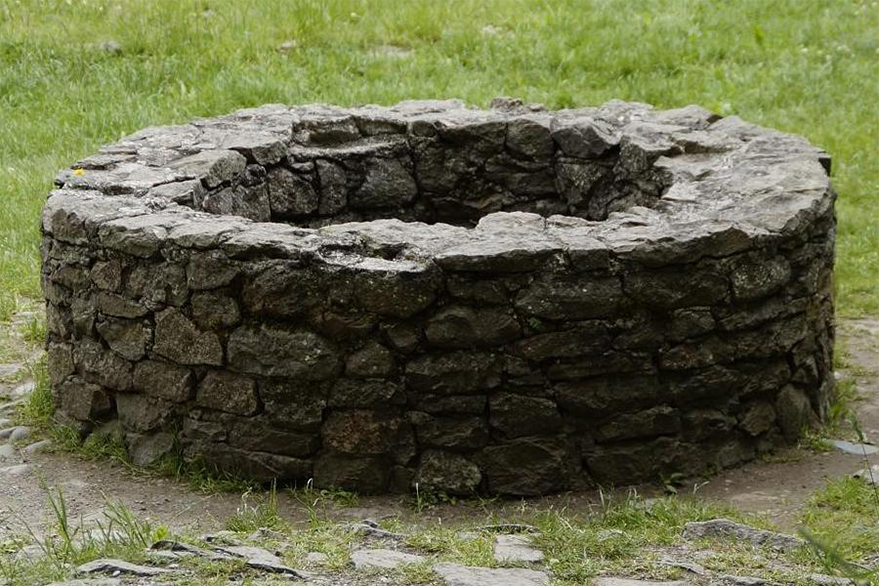
The Well: towards self-awareness
National Museum of the Republic
March 5 – June 20, 2021
Southern Cultural Sector, Lot 2
Near the Plano Piloto Bus Station, Brasília – DF
Marcos Amaro’s exhibition “The Well” is the second act for the project “Ontologies”, an expanded experimental study that mainly stems from the philosophical interpretation of the nature of being, of existence and of reality. For Western society, ever since World War II, existential issues were not as manifest as they are now within this context of pandemics in which we live. Back then, the horrors of war functioned as a backdrop to elevate the debate on the “Self” to a philosophical level, situating human existence as a product of its context and as a consequence of one’s own actions. These concepts’ developments still linger to this day and awaken new approaches. Thus, “Ontologies” has arisen at one of the most critical moments in the history of humanity – the social isolation imposed by the Covid-19 pandemic –, from the artist’s need to work on the human condition, starting with himself.
Broadly speaking, in a philosophical context, Ontology is the science of being as such. For the controversial Philosopher Martin Heidegger, ‘Ontology’ is about existence within a certain context, i.e. potentiality for being, which factually varies according to the situation. Paradoxically, from his perspective, mankind questions itself as a way of hiding from anguish. The exhibition “The Well” functions like this mirror. It puts the viewer in a position to face themselves, just like the artist did while confronting himself during an unusual time of seclusion.
“The Well” (2020) also names the main piece in the show, comprised of a robust body of rocks and a background mirror. As we get close, we face our own (enclosed) reflection. It’s a piece that instantly alludes to the “Ontology” concept, devising a deep introspective immersion, rather narcissistic and somewhat Heideggerian. Our Self, trapped inside ourselves and our human condition. With no way out. Hopeless.
The exhibition also features a number of drawings that can be divided into four series. Displayed on the curvilinear mezzanine wall, they embrace and complement “The Well”, while highlighting the ephemeral cathartic manner they were designed, like a breath of freedom. The formalistic simplicity (charcoal on canvas) contrasts with the complexity of the nearly abstract figures that deal with existence, our most visceral and intense way of existing, thinking and acting. To Heidegger, “it’s what makes multiple existences possible”.
The “Untitled” (2020) drawing series translates a narrative of tension and confrontation. Its pseudo-characters are realer than they seem. Through their amorphousness, they wield objects and promote raptured, common, vulgar actions. In another series, “The Crows” (2020), the artist divides a larger picture of a face into five parts. The crow’s figure lands on this puzzle, holding various poses on different spots of the canvas that were once parts of a face. Contradictory and intelligent, the crow can use tools to defend and feed itself. On the other hand, its image is loaded with meaning: some consider these scavenger bird a symbol of bad omen, while others think of it as a sign of craftiness and even fertility.
Spanish artist Francisco de Goya and British artist Francis Bacon were the inspiration for the series “Tribute to Goya” (2020) and “Tribute to Bacon” (2020). Amaro employs deconstructed elements and features that are characteristic from both these painters’ works to form a set of monochromatic shapes, as if they were initial sketches of iconic pieces by both these artists. One of them clearly references “Saturn Devouring His Son” (1819) by Spanish Francisco de Goya. It’s not an accident that Marcos Amaro retraces a depiction by Goya, an artist who was well acquainted with the Enlightenment and the ferocity of the human being, who knew very well how to deconstruct the ideal of Self and of rational mankind as center of the universe. As a dramatic action, the creator and owner of time from Roman mythology eats his own children, in an attempt to challenge the effects of time and remain in power. Like Goya’s figure, the one by Amaro is also dehumanized – yet rather burlesque –, as an allegory for the absurdity of the context they have both experienced.
The tribute to Francis Bacon came as an inspiration from “Three Studies for Figures at the Base of a Crucifixion” (1944), the triptych that was a milestone in both Bacon’s career and the history of British art. One can’t help but notice the date, 1944, when World War II was coming to an end and, with it, the revelation of the genocide perpetrated by the Nazi. The brutality of this period (and maybe of these paintings, such that the artist called them “Furies”) has left such an indelible mark on the painter he has disregarded all his previous work. With this series of drawings, Marcos Amaro revisits this artist’s work, not only by subtracting its bright colors, originally orange, but also by excluding the only element that granted Bacon’s figures with some humanness: the mouths.
Project “Ontologies”, of which “The Well” is part, indicates a new phase in Marcos Amaro’s career. Attuned to the three-dimensionality of robust large-format pieces, Amaro sets the airplane parts sculptures aside to work more introspectively and in a smaller scale, on sculptures, paintings and drawings. Like Heidegger, Bacon and Goya, who let themselves be strongly influenced by the adverse and bruising historical contexts of wars to discuss the human being, Marcos Amaro has shut himself home due to a quarantine in another kind of struggle, opening up for an infinite research on himself and on a just as disturbing type of war, the personal one about the existence.
By Tatiana Gonçales


